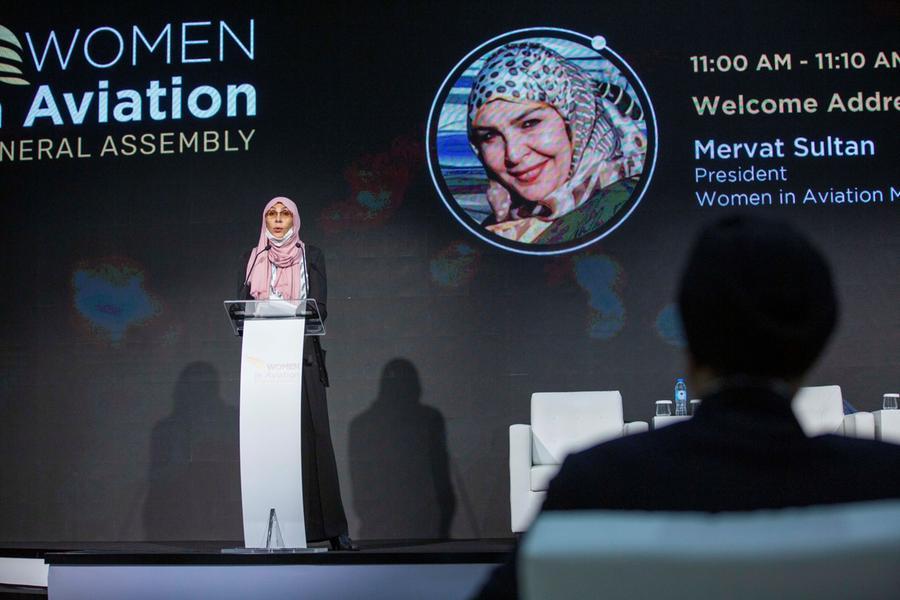The 22nd edition of the world’s largest airport industry B2B platform at Dubai World Trade Centre recently saw the 10th anniversary of the Middle East chapter of the Women in Aviation (WIA) took off in the region where advancing the role of women in society and the economy has remained a key driver for change.
As the 21st century progress, realisation comes about increased female participation in professional and technical jobs turbocharging economic growth in a region. A study by global management consultancy McKinsey across the UAE, Saudi Arabia and Egypt, based on interviews, found the key to empowering women in the 21 countries of the Middle East is not only to equip them with access to jobs but also to ensure they have the right support, experience and opportunities once they are working.
According to ICAO, airlines, airports and ANSPs alone employ about three and a half million people globally. Aviation domain is getting increasing attention to attract women in several crucial and technical roles in airports, airlines and ANSPs in the Middle East, especially the UAE, the fast-rising global aviation hub.
Between 2023 and 2033, growth in air passenger and cargo traffic in the Middle East region is expected to outperform all other regions in the world. The UAE will be needing 22,000 pilots and crew members by 2033, three years after its vibrant aviation industry reaches the AED323.6 billion mark. The UAE and Saudi Arabia together constitute 73 per cent of the total fleet size in the region. The UAE is the leading aviation investor, with nearly US$136.1 billion of investment planned between 2023 and 2033, according to the latest market research report by Japan’s Shibuya Data Count (SDKI).
Mervat Sultan, President and Founder, Woman in Aviation Middle East Chapter who is one of the first women in the Arab world to obtain an FAA-GCAA flight dispatch license, remarked, “As the region in general and the UAE, in particular, sees explosive growth in aviation, we have to ensure more stakeholders come into the field and play a far more crucial role in attracting and retaining women in the civil aviation industry.”
She added, “The aviation industry should now talk about how important is to hone the skills of women and how to facilitate proper education and training to the new generation. The pandemic has given us the opportunity to get into the market of new technology and we must make use of the educational institutions and training centers for enrolling more women in the aviation domain.”
Merwat Sultan says diversity and inclusiveness have been under focus around the world but the aviation industry lacks them and it must take significant steps towards it. Globally, women account for less than 20 per cent of the workforce in the aviation industry and their entry into the sector has been stagnant over the previous six years according to the 2022 report by the Women in Aviation Advisory Board at the US Federal Aviation Administration. Only six per cent of airlines, according to IATA, have a female CEO, broadly in line with the global average reported in 2022. After the first WAI’s regional chapter was launched in 2013, it has been encouraging females to grab more places in the aviation sector and go beyond just being a pilot, flight attendants or ticketing agents.











